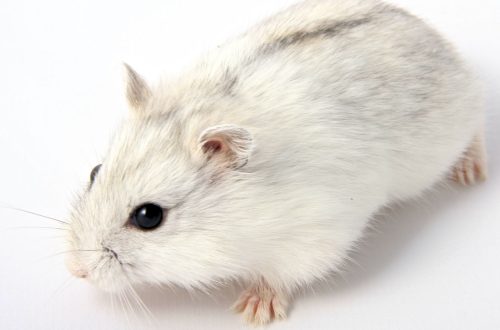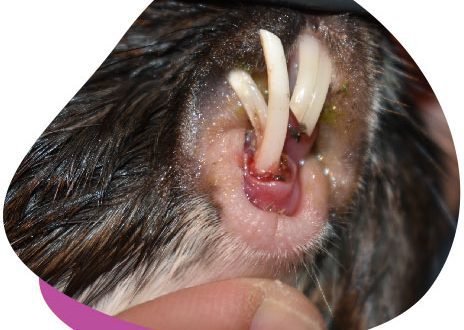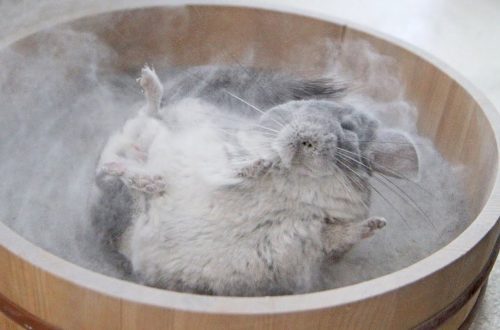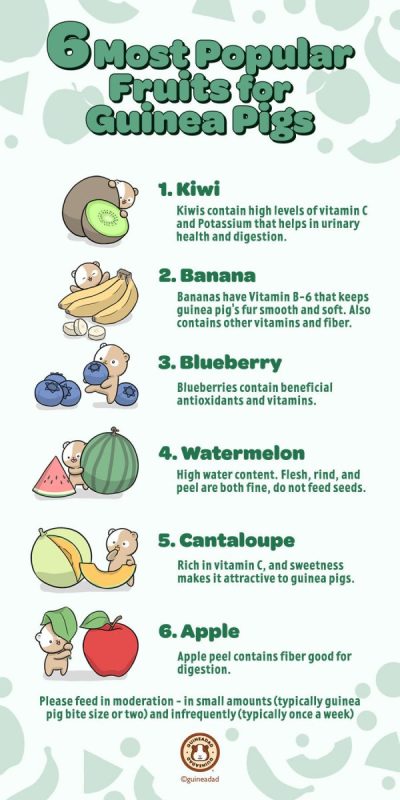
List of vegetables and fruits that can be fed to guinea pigs

Herbivorous mammals love to feast on fruits and vegetables, but not all plant foods are equally beneficial for the body of rodents.
We will analyze the basic principles of nutrition, and also consider the benefits and harms of vegetables and fruits that are acceptable in the diet of guinea pigs.
food Basics
In the wild, guinea pigs eat tree bark and branches, fruits, berries, and leaves. The main material that ensures the smooth functioning of the digestive tract is fiber.
At home, the diet is based on:
- fresh hay and meadow grass;
- fruits and vegetables;
- prepared feed.
IMPORTANT! Hay intended for gilts should be soft and green, and pelleted feed should be a minimal part of the diet.
Rodents can be given no more than 120 g of fruits and vegetables per day. Food is provided in small pieces and removed in case of malnutrition. Overripe or rotten foods will cause digestive problems.
Vitamin C, which is responsible for the functioning of connective and bone tissues, pigs have to look for from the outside, since their body is not able to produce it on its own.
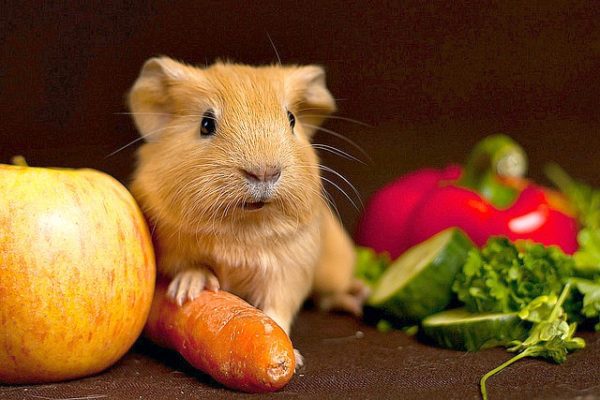
Ascorbic acid enters the body from plant foods, including fresh vegetables (broccoli, bell peppers), which make up at least 1 tea cup per day.
Among the vegetables that can be given to guinea pigs are:
- Courgettes. Rich in vitamins, minerals and pectins that normalize intestinal peristalsis.
- Carrots. It has a positive effect on the condition of the skin and coat, visual and auditory functions. In addition to the root crop, it is allowed to feed the tops. Contained beta-keratin (vitamin A) gives the urine an orange hue.
- Bell pepper. Rich in vitamin C, but dangerous in winter due to the amount of harmful nitrates. Only sweet varieties are allowed as food, and spicy ones lead to irritation of the mucous membranes.
- Pumpkin. In food, not only the pulp is used, but also the crust and seeds, rich in zinc and acting as a prophylactic against helminthiasis.
- cucumbers. Low-calorie, have anti-inflammatory effect and facilitate the absorption of fats. Not suitable as a staple food and dangerous in winter (high nitrate content).
- fresh peas. It is recommended to feed pets only with fresh pods, without abusing the amount. Dried grains should not be consumed, but some manufacturers add them to the finished feed.
- Cabbage. Requires proper control. It is introduced gradually to avoid copious gas formation. Rich in sulfur, which synthesizes collagen and adds shine to the coat.
- rutabaga. Helps with constipation, facilitating peristalsis, and has a diuretic effect. Assumes consumption in the winter, when the choice of vegetables becomes limited.
- Jerusalem artichoke. The use of root vegetables enriched with starches should be limited to avoid bowel disorders. The remaining parts, rich in fiber and amino acids, are allowed on an ongoing basis.
Controversial and dangerous vegetables include:
- Tomatoes. In green (immature) form, they are considered poisonous due to solanine, the use of tops is also not recommended. Ripe tomatoes, containing a large amount of vitamins, undergo destruction of a dangerous poison, therefore, in limited quantities, they can be included in the diet. Avoid tomato abundance, provoking intestinal upset.
- Potatoes. Another vegetable rich in poisonous solanine and starchy substances.
- Melon. It is dangerous for the development of diabetes mellitus due to the abundance of sugars.
- Radish and radish. Essential oils irritate the mucous membranes and provoke bloating.
- Beets. Has a laxative effect. Not recommended during pregnancy, lactation and age
- Corn. Only the green parts are allowed to be eaten. Grains are dangerous because of the abundance of starch, which disrupts digestion and leads to weight gain.

Fruits are rich in sugars, therefore they are not considered as a full-fledged part of the diet, but only as a treat.
Among the abundance of fruits without strict restrictions, only apples can be consumed by a guinea pig. They normalize the digestive processes and remove toxins. Bones are subject to mandatory removal, as they contain toxic toxins.
Among the berries allowed to use:
- grapes. The abundance of fiber and vitamin B has a positive effect on the body. Due to the pleasant taste, the animal eats berries with great pleasure.
- Arbuzov. Animals are fed only pulp. Crusts accumulate nitrites and are considered dangerous. Due to the diuretic effect, the amount eaten is minimized.
- Rowan. Chokeberry replenishes vitamins C and P, and red – carotene.
Controversial and dangerous berries and fruits include:
- Citrus. Irritate mucous membranes and provoke allergic reactions.
- strawberries. It is fraught with an excess of vitamin C, leading to allergies, diarrhea, gastritis and ulcers. It is given in tiny doses no more than 1-2 times a week.
- bananas. They replenish glucose and fiber, but due to the increased calorie content and sugars, they are used to a minimum.
IMPORTANT! When compiling a diet, please note that marine rodents are herbivores. Meat and dairy products are not digested by their body and pose a serious danger.
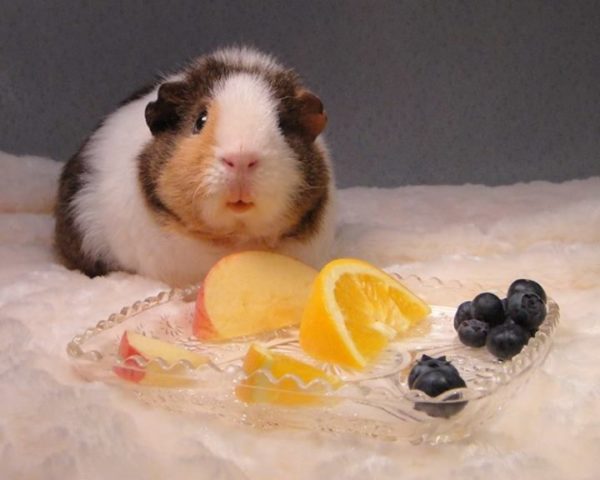
Conclusion
The nutrition of guinea pigs should be balanced and exclude hunger strikes. Insufficient amount of leftover food leads to rapid dehydration, exhausting the body.
Vegetables and fruits, rich in vitamins and minerals, help to normalize the water-salt balance and increase the resistance of the immune system.
What vegetables and fruits can guinea pigs eat?
3.9 (77.47%) 95 votes



